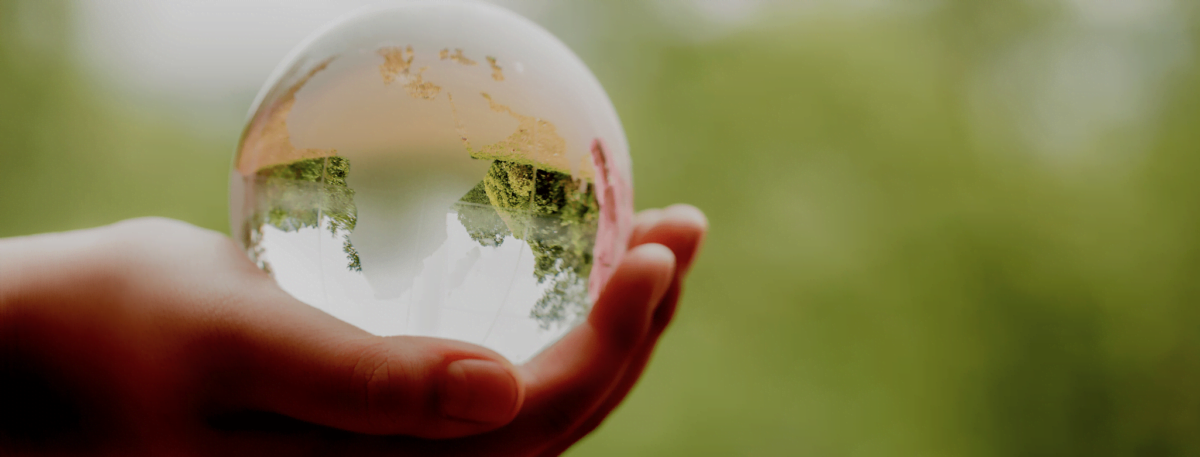
There’s quite a movement against all plastics without a real understanding of the nuances. There are so many cases where plastic is the most eco-friendly option and where the alternatives have a much bigger carbon impact.
For instance, glass is often seen as a “greener” packaging solution, quite popular amongst those living “zero waste” and “plastic free”. When bottling water, however, the weight of a 500ml glass bottle versus a 500ml plastic bottle is 40:1. This impacts manufacturers and distributors with more wear and tear on packaging machinery, less efficient shipping and distribution, and results in higher fuel costs and emission responsibility (Tapp Water 2019). Plastic packaging – particularly for perishable foods – can mean fewer vehicles and less fuel to transport, further lowering the overall carbon impact (British Plastics Federation 2020).
What about biodegradables and compostables? “With today’s biodegradables, the energy cost is so high in the production phase that whatever happens at the end of a product’s life cycle does not ultimately matter” shares Hery Henry, Head of Strategic Marketing and Corporate Responsibility. “You just don’t know the carbon impact until you’ve measured for each particular instance”, he continues, which is why we set out to measure the precise carbon footprint of our company and our products.
As a plastic packaging company we are in a real position to change the way things are done. That’s why we have a wide range of lightweight and resource-efficient solutions which consider the entire life cycle of the packaging and product inside. We work using a life cycle approach and welcome new technology that helps us with everything from producing more eco-friendly packaging, to using barcodes to increase recycling accuracy and efficiency in Europe.
Our plan is ambitious yet simple. We think the world will soon reward circularity. Societies will strongly encourage the use of recyclable, renewable, and reusable materials – which can already be found in our sustainable product range. We are ready for this movement – heading towards fully recyclable materials and then continuing on our way to packaging from primarily renewable materials.
Every week we will be answering questions of interest to our consumers. Have more questions? Contact us HERE today!